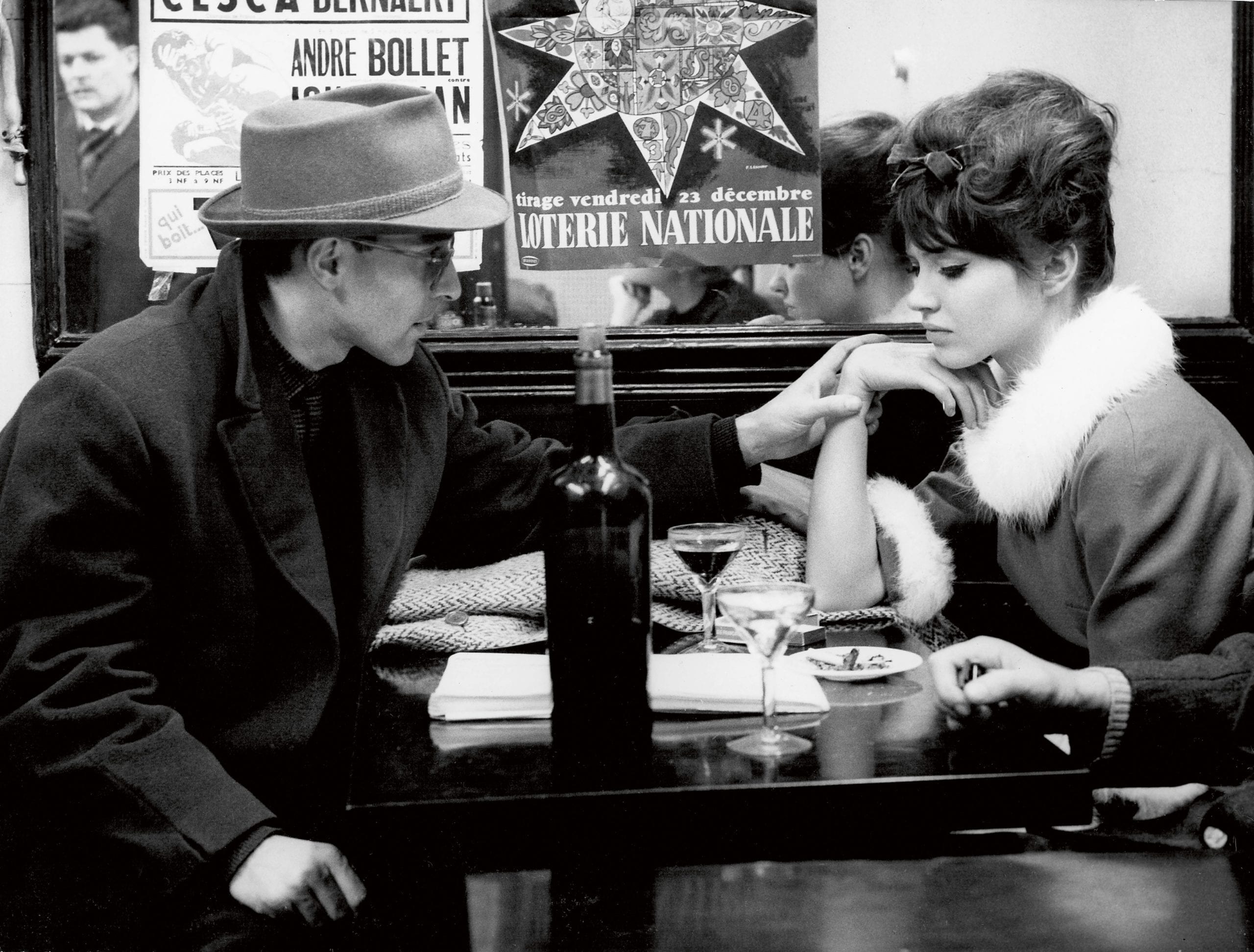For here, (new) wave and shore are mutually defining and forever at war – and Michel and Patricia’s erotic clash is expressly figured both as classic “Romeo and Juliet” and as contemporary “Franco-American rapprochement“, even as the lovers are filmed guerrilla-style in the streets against the highly visible backdrop of an actual (now historic) meeting between Presidents de Gaulle and Eisenhower.
Add to this the appropriated influence of Hollywood – the fast cars (American models, of course), the cops and robbers, the self-conscious touches of film noir – and you can see, both flashing and frozen on the screen, a moment of transition and a brief pause in all the forward momentum, as cinéma de papa gives way fleetingly to something more youthful and new.
Now, 55 years on, Breathless is itself “Dad’s cinema”, even if Dad is still making films and recently, aged 83 with Goodbye to Language (2014), showed young filmmakers two or three things about the extreme potential of stereoscopic cinematography in cinema’s narratology.
Yet Breathless – and the movement in the French cinema of the sixties that it spearheaded – is not merely revered, but regarded as still feeling fresh, even if its events are rooted in a particular time and place.
This strange tenacity is in part because Breathless was a kind of hello to (film) language, laying out the fractured syntax of a new grammar that successive generations of Young Turks have been using ever since to mark their status as the next waves in cinema’s endless, turbulent sea.
And it is also in part because, for all its reputation as a revolutionary entry in the Histoire(s) du cinéma, Breathless is effortlessly accessible – unlike much of Godard’s later work post Week End (1968).

